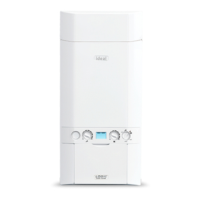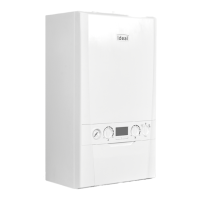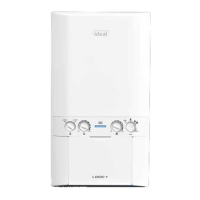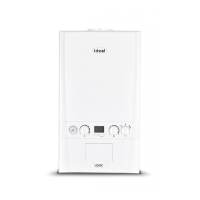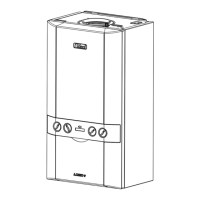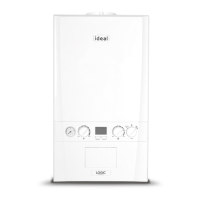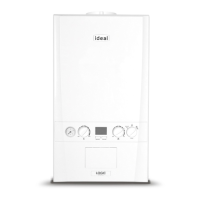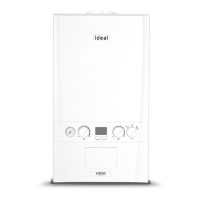All condensate pipework should conform to the following:
22mm OD)
into the dwelling in the event of a blockage (through freezing)
In order to minimise the risk of freezing during prolonged very cold
spells, one of the following methods of terminating condensate
Internal Drain Connections
Wherever possible, the condensate drainage pipe should be routed
to drain by gravity to a suitable internal foul water discharge point
such as an internal soil and vent stack or kitchen or bathroom
Condensate pump
Where gravity discharge to an internal termination is not physically
possible or where very long internal pipe runs would be required
to reach a suitable discharge point, a condensate pump of a
should be used terminating into a suitable internal foul water
discharge point such as an internal soil and vent stack or internal
External Drain Connections
only be considered after exhausting all internal termination options
If an external system is chosen then the following measures must
be adopted:
- When a rainwater downpipe is used, an air break must be
installed between the condensate drainage pipe and the
- Where the condensate drain pipe terminates over an open
foul drain or gully, the pipe should terminate below the grating
- Where the condensate drain pipe terminates in a purpose
condensate drain pipe sections should be run and insulated as
Unheated Internal areas
Ensure the customer is aware of the effects created by a frozen
condensate and is shown where this information can be found in
Boiler
with 75mm
sealed
condensate
trap
Min Ø 19mm
Internal pipe
Minimum
connection
height up to 3
storeys
Soil & vent stack
≥ 450
75
Boilers without 75mm sealed
condensate trap must be fitted with
a 75mm trap and visible air break
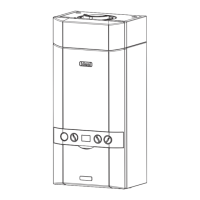
